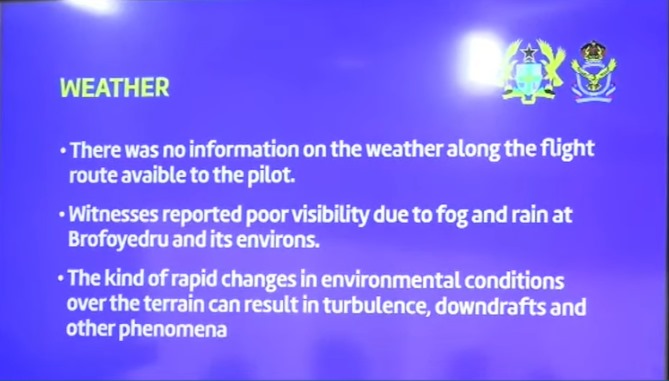Helicopter Crash: Swift Rescue Efforts Despite Rugged Terrain – Report

Captain (Rtd) Paul Forjoe, a member of the investigative committee that probed the August 6 military helicopter crash, has described the emergency response to the incident as timely, considering the difficult conditions at the crash site.
Presenting the committee’s findings at a public briefing on Tuesday, November 11, Captain Forjoe explained that first responders reached the site within two hours of the crash despite severe terrain and poor weather.
“The fact that these first responders managed to get to the site in about two hours was remarkable because the terrain has very steep slopes,” he said.
“It was raining, it was slippery, so it wasn’t the easiest thing to do… we can confidently say the emergency response was very timely.”
The investigative committee, chaired by Acting Minister for Defence Dr. Cassiel Ato Forson, was tasked with establishing the cause of the crash and recommending measures to prevent future incidents. Its report concluded that the helicopter went down after a sudden loss of altitude and lift caused by a downdraft over high terrain.
The Harbin Z-9EH military helicopter (tail number GHF 631), operated by the Ghana Air Force, had departed Accra for Obuasi on an anti-illegal mining operation when it lost radar contact and crashed in the Adansi Akrofuom District of the Ashanti Region.
All eight people on board, including senior government officials and military personnel, died in the crash.
Captain Forjoe said the committee’s findings were based on a comprehensive review of technical data, witness accounts, and environmental conditions, adding that the report provides insights into both the cause of the accident and the response that followed.










